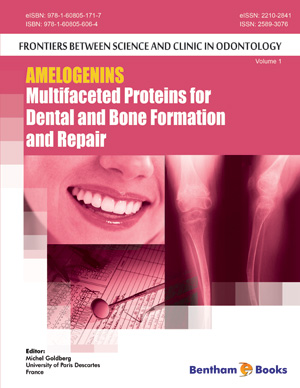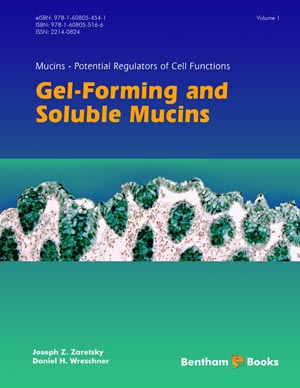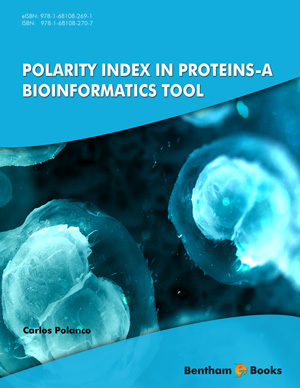Abstract
The crown and root parts of mammal’s teeth associate different types of dentin: peripheral dentin (mantle dentin, hyaline’s Hopewell-Smith layer and Tome’s granular layer) and circumpulpal dentin, which include intertubular and peritubular dentin. Firstly, we describe the structural characteristics and specific composition of the different sorts of dentin. Secondly, as odontoblasts sustain dentin formation, we analyze the role of these cells in the synthesis and secretion of dentin extracellular matrix (ECM) components. Morphological changes occur during the successive stages leading the pre-odontoblasts to become post-mitotic polarized secretory odontoblasts, and ultimately senescent cells. In the third part, we report the immunohistochemical and radioautographic investigations that shed lights on the intracellular uptake and secretion of dentin components, and the self- associative properties coordinating post-secretory interactions between ECM molecules. Dentin extracellular matrix proteins include type I collagen, phosphorylated proteins, glycoproteins, proteoglycans and proteolipids. In addition, forming a minor part of ECM, a few molecules originate from intercellular diffusion of blood serum molecules. Interactions between ECM molecules, the tissue non-specific alkaline phosphatase (TNAP) and calcium-binding proteins are key factors in promoting dentin mineralization.
Keywords: Mantle dentin, circumpulpal dentin, odontoblast, dentin extracellular matrix proteins, type I collagen, SIBLINGs, proteoglycans, proteolipids, tissue non-specific alkaline phosphatase, calcium-binding proeteins, dentin mineralization.











